Welcome to Issue 2 of Year 16 of Woodcarver Online Magazine.
Our Front Page photo this issue is:
Mark Doolittle’s
Coral Reef
Click for a larger view; if the image turns into a magnifying glass, click again for more detail. Close window to return.
Hello carving friends -
Big changes are in the works for Woodcarver Online Magazine and the Carvers’ Companion web sites. Watch this site, the Woodcarver List and the Woodcarver List Facebook group page for more information.
If you are a Facebook member, take time to visit the Carvers’ Companion/ Woodcarver List Facebook group. This provides a place on FB for carvers to post carving photos and to chat about carving; it also serves as a companion to the Woodcarver Listserv. Come on by for a visit! Click HERE or on Facebook search for “Woodcarver List”
In this issue:
The Carving of Coral Reef by Mark Doolittle
Part I of Finding and Collecting Cottonwood Bark by Alex Bisso
A visitor from The Aud Sod by “Ol’ Don” Biurgdorf
Pete LeClair’s Bill
Call For Front Page Carving Photos We’re always looking for great photos of great carvings for the front page of WOM. If you’d like your photo to be considered, send it on in. Please include the back story, material and finish info, size, etc. Send to womeditor AT comcast.net
Articles and suggestions for articles are always welcome. Feel free to send suggestions and request. For information on submitting articles for publication, click HERE.
Carve On! -
Matt Kelley, Editor
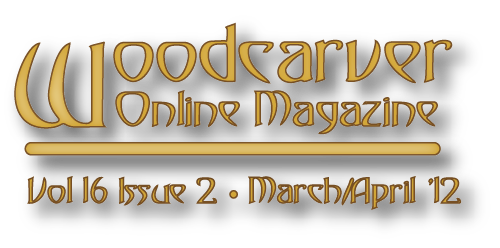
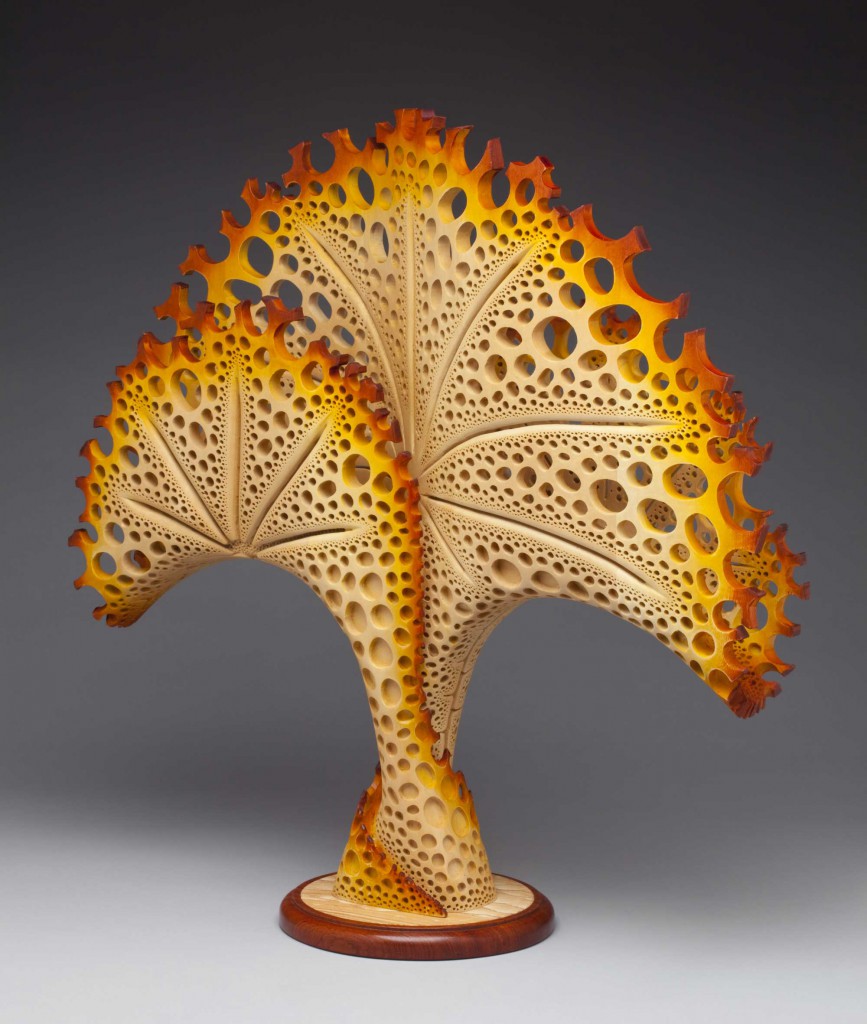







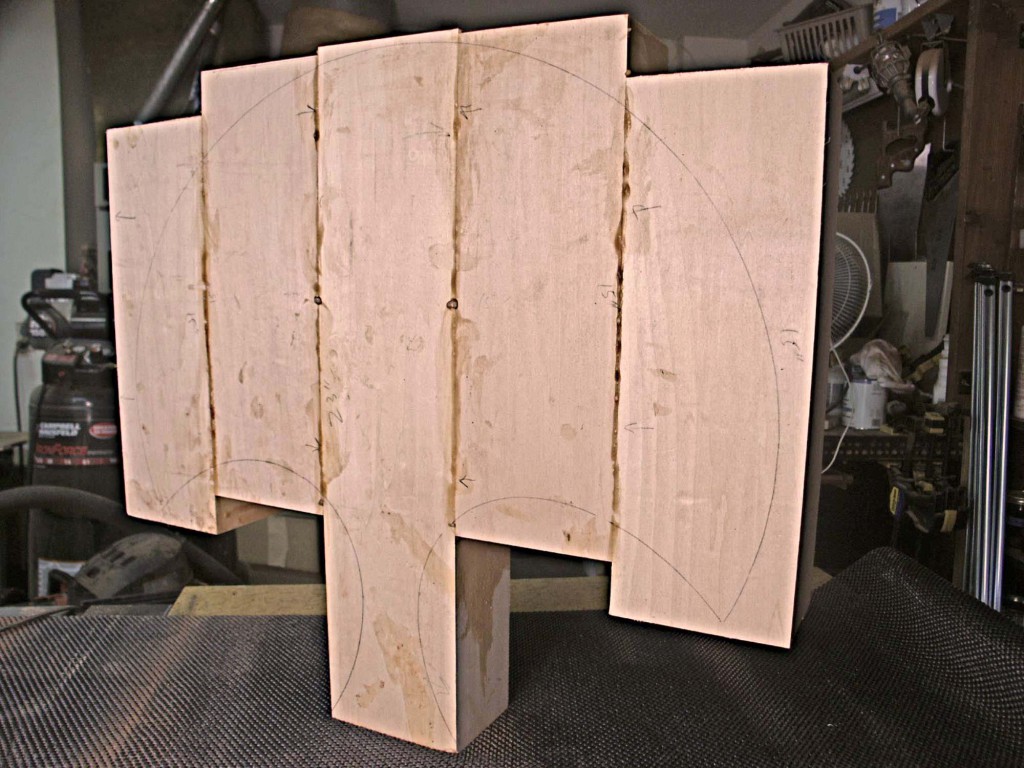
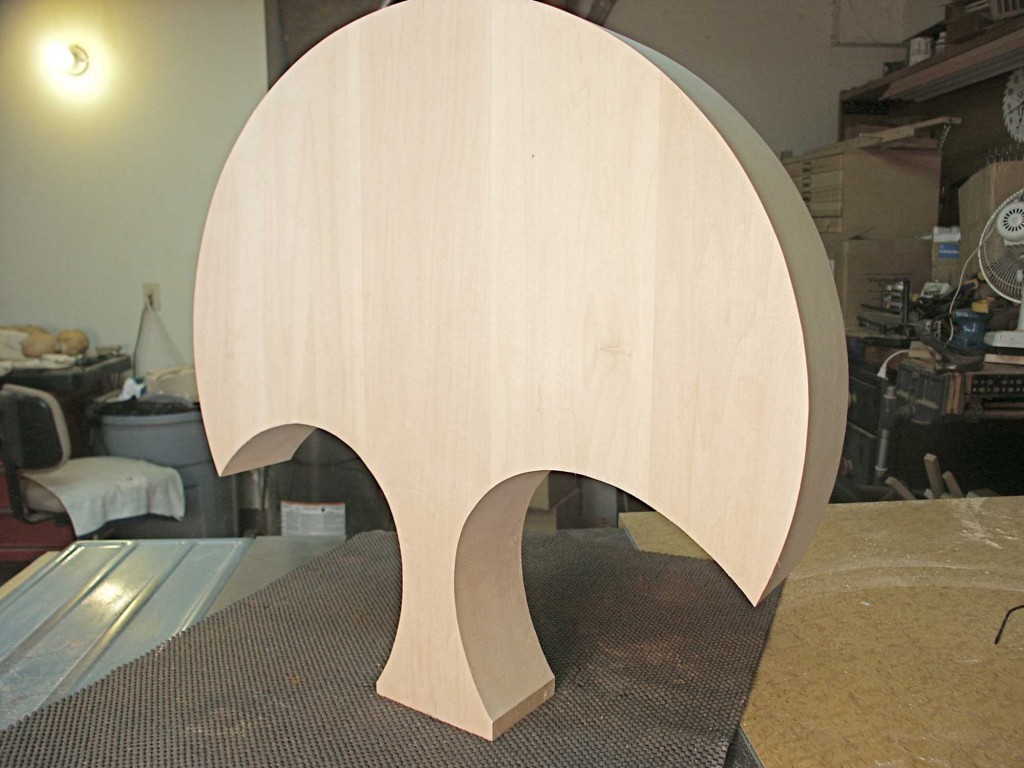
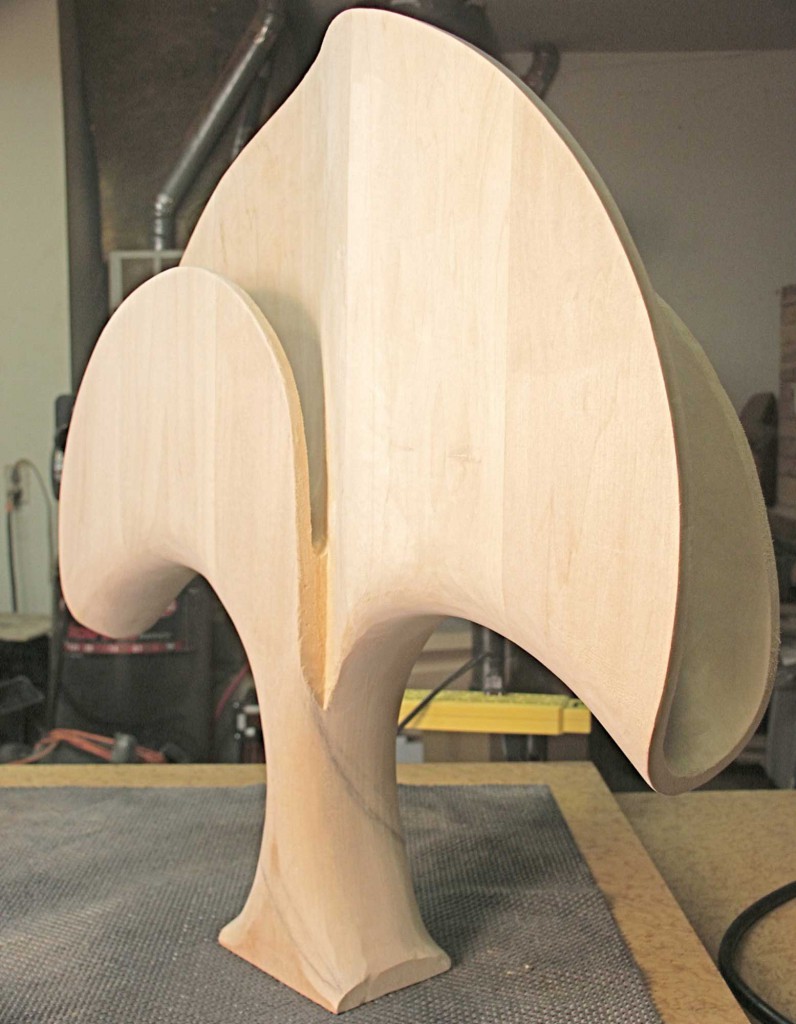
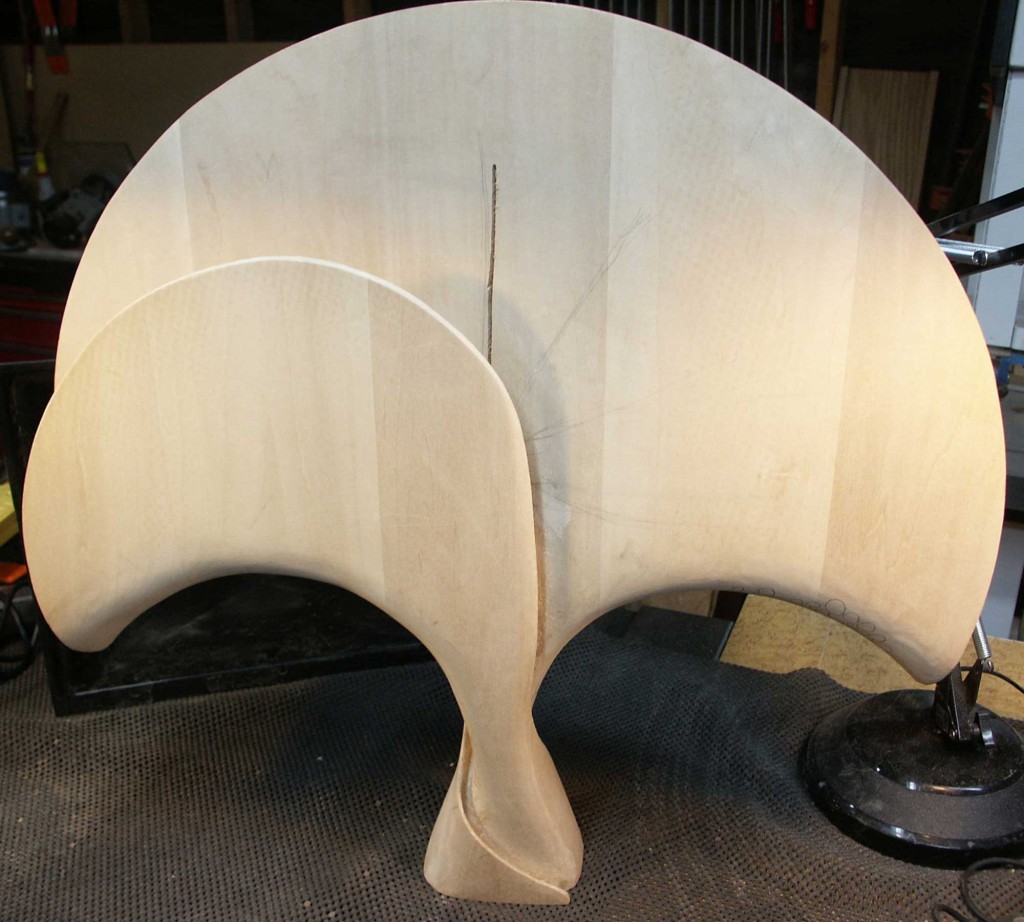

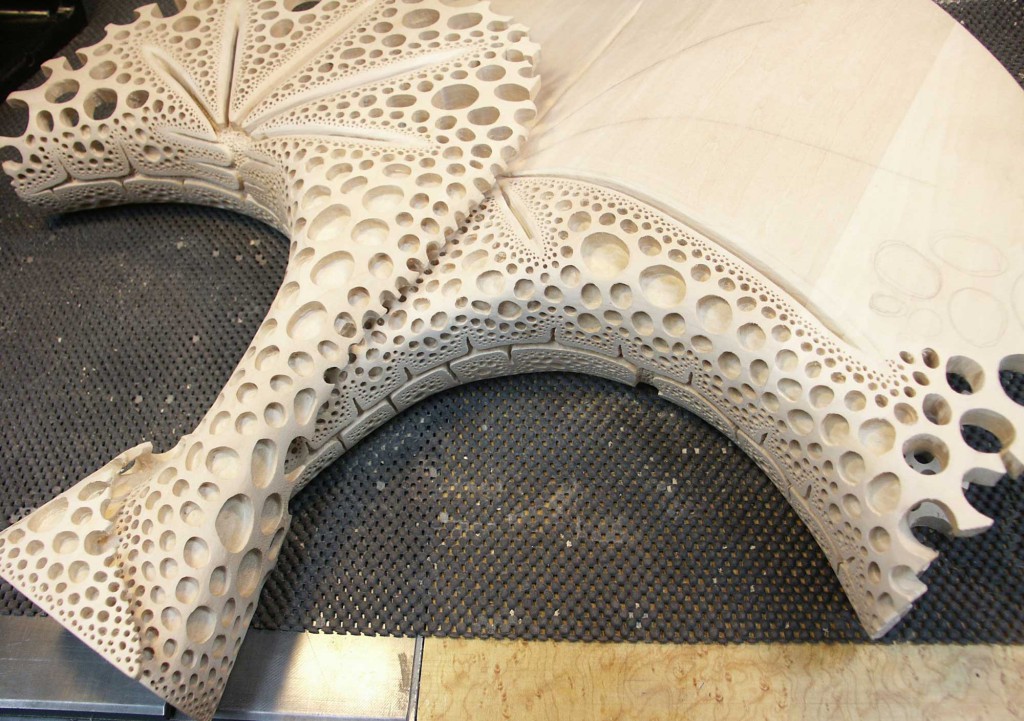
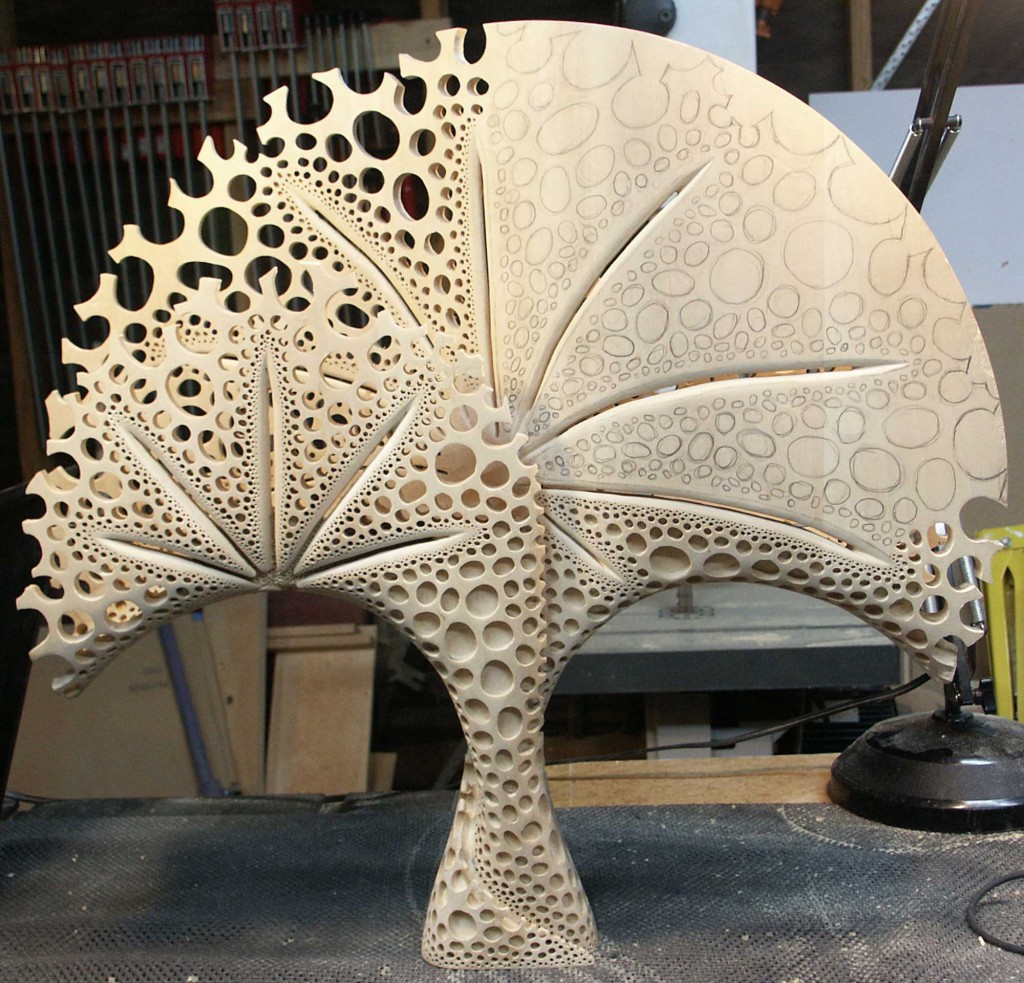

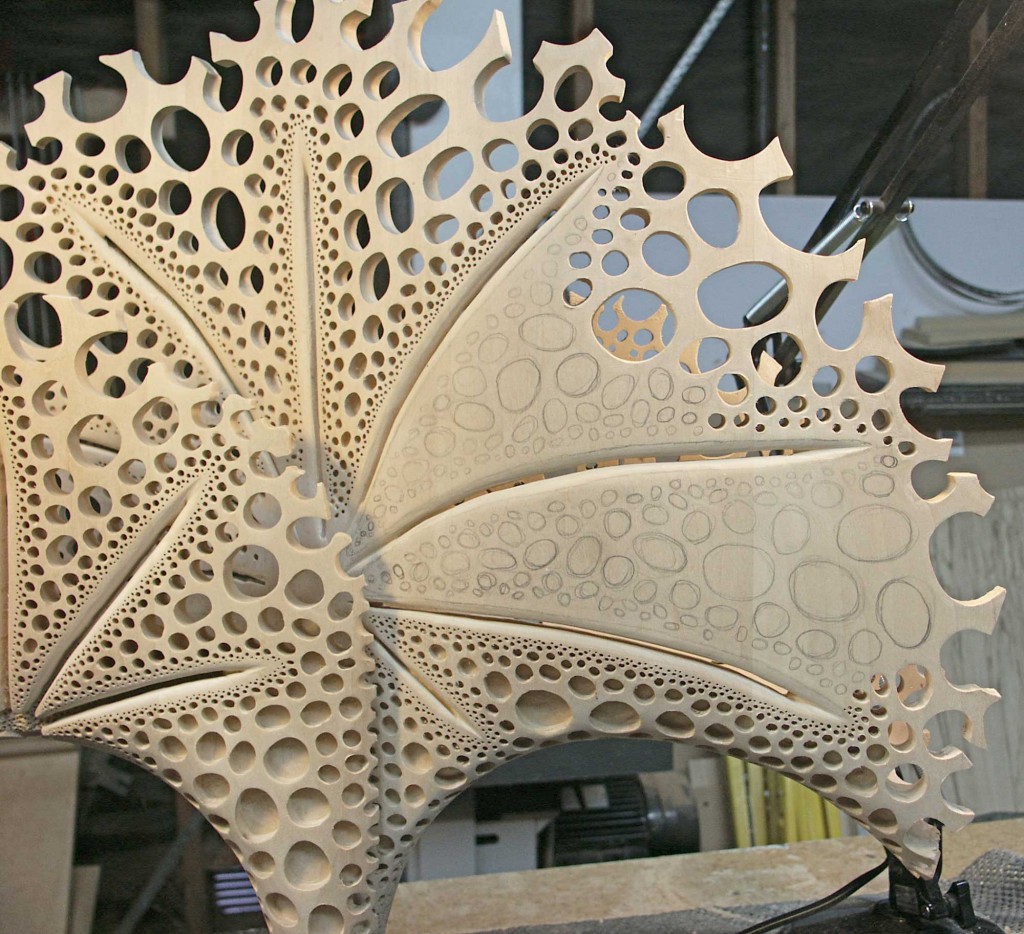
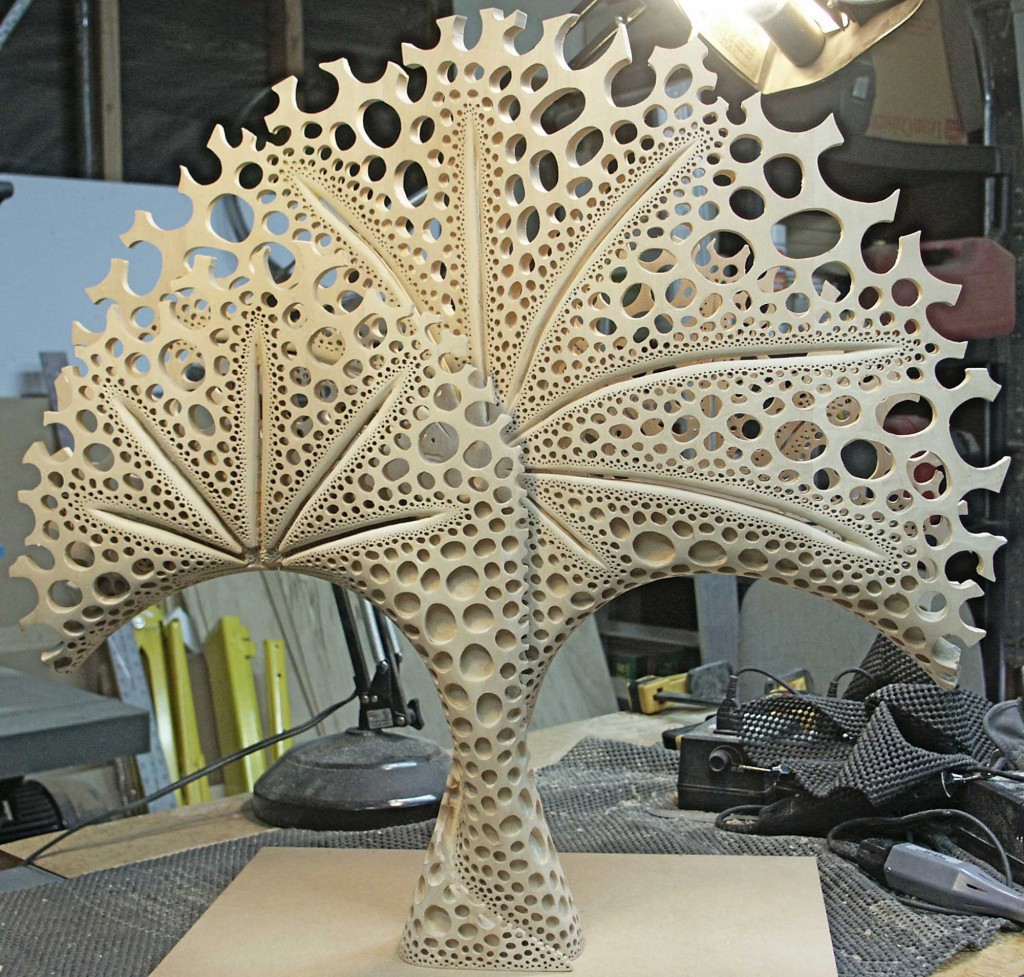
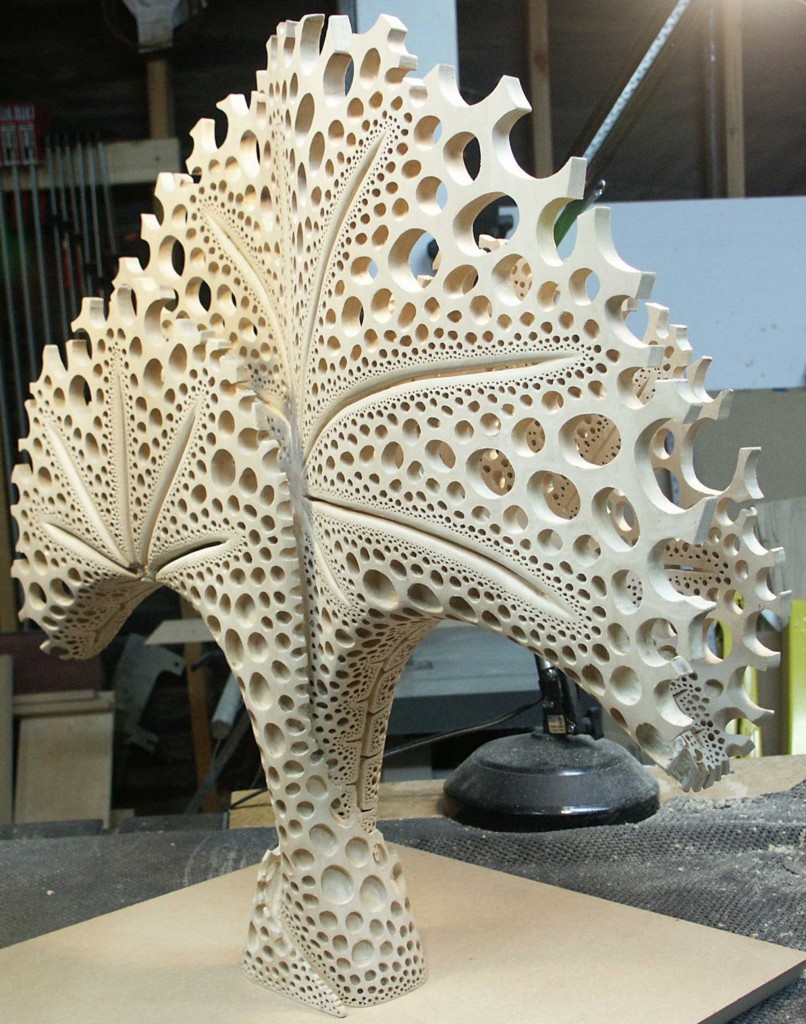
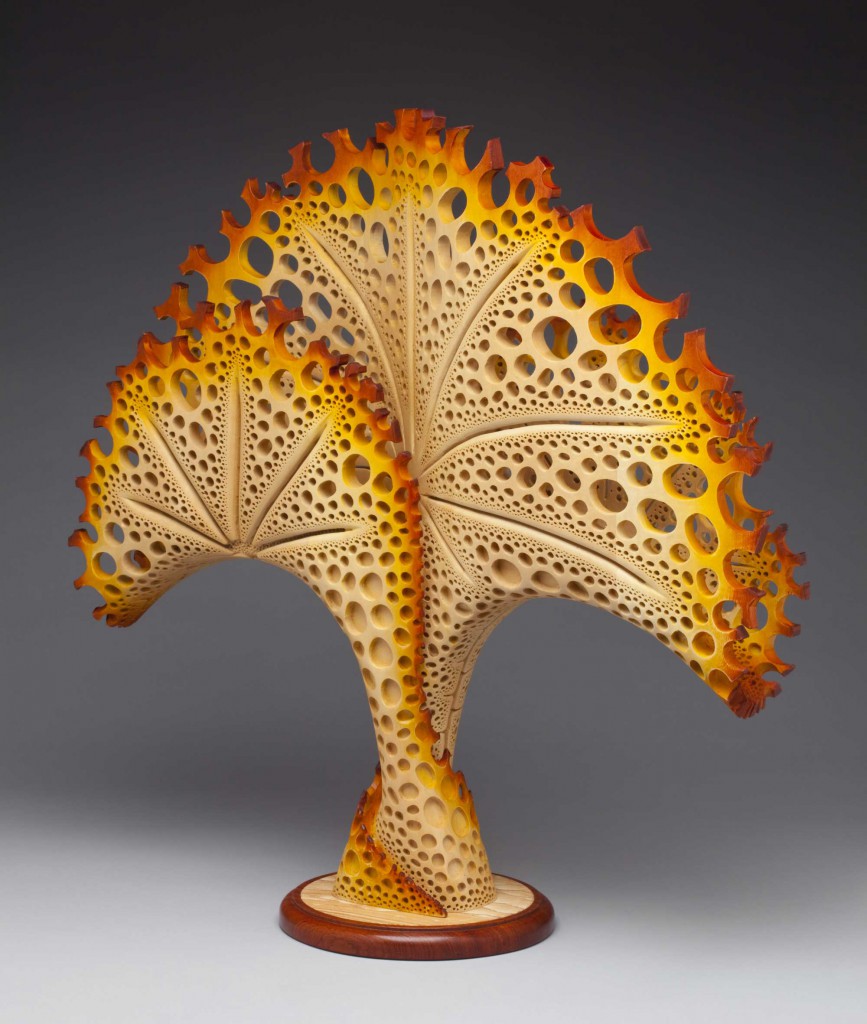
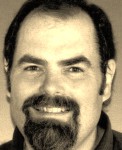
Recent Comments